There is hardly a mother who would not complain about lack of time. The period from one to two years is especially difficult. You can’t leave such a fidget in the playpen, and he has not yet grown up to independent games and cartoons. The problem is that any entertainment very quickly gets boring for the little one, and you have to constantly come up with something. But there is good news: it’s very easy to surprise a young researcher, because everything is so new and interesting for him! What to do with a 1-year-old child in order to carve out at least a little free time for himself?
With or without mom?
Any child’s game should not just be entertainment, its main task is to benefit the development of the baby. Conventionally, they can be divided into two types: spending time together between the baby and parents and independent activity of the toddler.
Mom's "blanks"
If there is some urgent matter around the house or you need to distract a raging child, pre-prepared games will always come to the rescue, which will keep the baby occupied for a while.
"Surprise in foil"
Wrap small items in foil or paper. To make the joy of the find even greater, you can hide a bagel or cracker among the toys. Unfolding “surprises” will not only captivate the baby for a long time, but will also benefit fine motor skills.
Thematic material:
- What toys does a 1 year old child need?
- Educational games for children from 1 year old
- Educational cartoons from 1 year
"Treasure chest"
This could be a box, a bag or a pouch in which various little things are placed (an old flash drive, washed cream tubes, keys, broken headphones, vitamin bottles). The main thing is that the items are safe. When the baby has had enough of playing, remove the treasures again. The contents of the “chest” can be updated periodically.
"Paper expanse"
What toddler doesn't like to rustle with paper! Toilet paper is best; you don’t mind it, and you won’t get hurt or dirty like you can from magazines. It’s good if the paper is perforated, then it’s even more interesting to tear it off piece by piece.
Sensory boxes
Sensory boxes are not just a great way to spend time, they are a real educational tool. Depending on the age and learning goals, the contents of the boxes may vary. For example, to study the color red, fill a box with colored rice and add any red objects or toys you can find. You can make a box with natural materials - chestnuts, pine cones, small pebbles, acorns, etc.
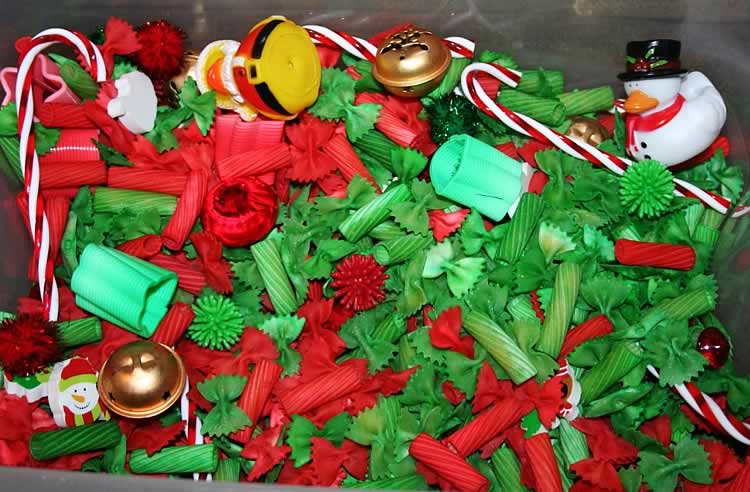
In addition, by digging through it, the baby will train fine motor skills. The main thing is that the game takes place under the supervision of parents, because children 1 - 1.5 years old strive to taste everything.
Bag of clothes
A bag with clothes, for example those that are already too small for him, will help distract the child for a while. Although the baby will happily try on her parents’ clothes too.
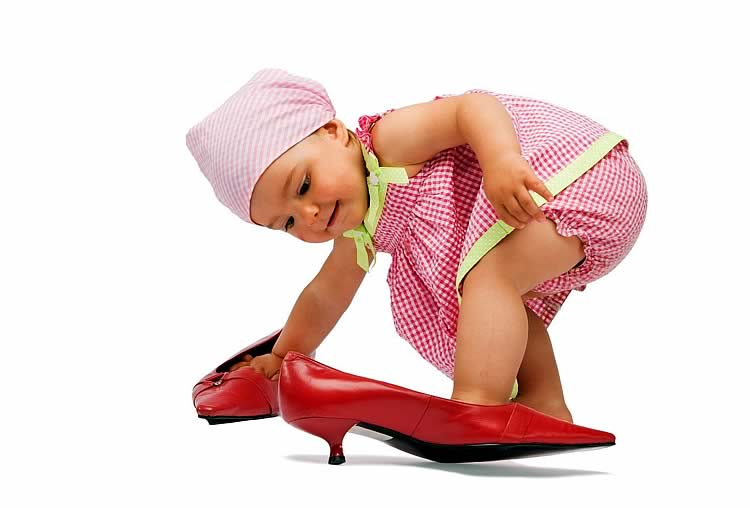
Always relevant
If the weather outside is bad and you've played all your favorite games, there are win-win options that will appeal to any preschooler.
Sand games
Setting up a sandbox at home is not that scary. To avoid cleaning, place the baby in an inflatable pool, or spread oilcloth on the floor. Now about the sand. If you can’t buy wonderful kinetic sand, you can use its almost free analogue. Mix 2 parts starch with 3 parts any purified sand (for example, for chinchillas). All that remains is to add 1 part of water and the pliable, non-staining material is ready!
Water activities
Every parent knows that every child loves to splash in the water. All that remains is to organize the game so that its consequences are minimal: lay down an oilcloth, undress the child, throw in the necessary toys (fish, rubber bulbs, watering cans, etc.)

Outdoor games
Hide and seek, catch up, dancing to music... What else?
- "Teddy bear - bunny." Place a bear at one end of the room and a bunny at the other. After the command “Run to the bunny” we head towards the toy. When the baby touches it, we say: “Run to the bear,” etc. To complicate the fun, you can increase the number of toys or add the concept of size (“Run to the big bear”).
- "Big - small." We raise our hands up with the baby and say: “That’s how big (child’s name) is!” We squat down when we say: “That’s how small (child’s name) is!”
Modeling
A useful and fun activity. We tear off pieces, roll sausages, stick matches, beans, and pasta into the mass. You can hide a small object (bead, pea) in plasticine or dough and invite the baby to pick it out.
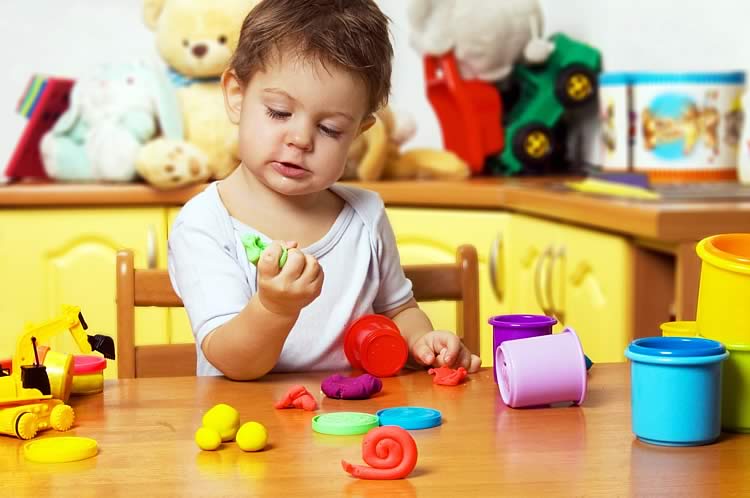
In order not to constantly spend money on modeling mass, make it yourself: mix flour and salt 1:1, add hot water and a little vegetable oil. You can tint the dough with dyes.
Each age has its own
In the second year of life, the child matures significantly, his capabilities and interests change. Even at one year old, he had difficulty understanding the requests of adults and was just mastering the skill of walking, and at 2, he was already a completely grown man who runs, jumps, eats on his own, and even explains himself in words and phrases. What to do with a child at 1.5 years old, and what will he be interested in at 10 years old?
One year old
If your child is still not familiar with kitchen utensils, you are missing out. Shifting pots, spoons and other (safe!) objects is very useful for the development of the baby. Allocate the lower shelves for him and put there things that cannot harm his health.
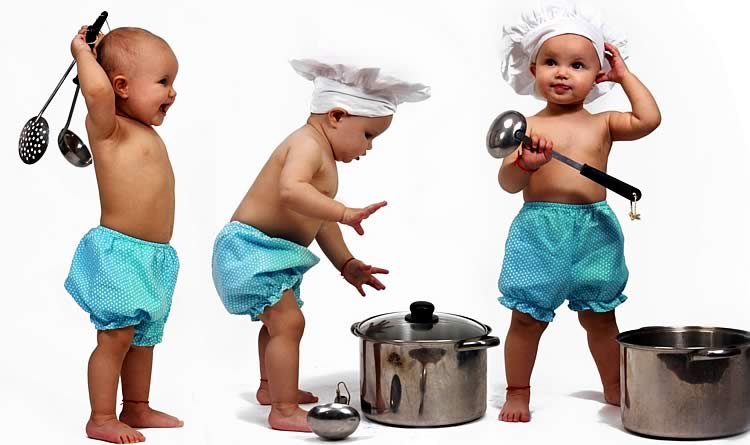
Year and month
To develop fine motor skills, already at this age you can buy a sorter or make a piggy bank, into the slot of which the baby will insert objects of a suitable size. Alternatively, you can use a regular plastic bottle. For example, you can stuff peas or beads into it. Just be always nearby so that the child does not inadvertently choke.
Year and 2 months
We play track. Lay out the books in a straight line and show them how to walk on them.
You can also attach clothespins to the pan or bowl, which the baby will pull off and put in the container.
Year and 3 months
It's time to introduce your child to the concepts of “hot and cold.” Freeze small animal figurines in ice cube trays. Show how they will melt if you pour warm water on them from a watering can.
Year and 4 months
Children of this age love to repeat everything after mom and dad. Support your child now and in the future you will receive an irreplaceable assistant. For example, when cleaning the house, give your toddler a small cloth and let him wipe the doors with you, or a sponge and a bowl of water where he will wash the toy dishes.
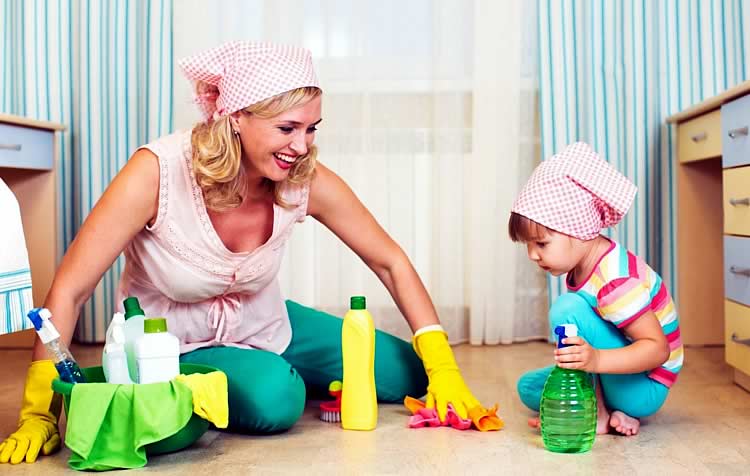
Year and 5 months
Hide a musical toy, and the child will look for it by sound. This perfectly develops children's hearing and attention.
Game "In pairs". Print out 5 – 7 pairs of identical pictures. Taking one in your hand, ask the baby to find the same one.
1.5 years
The game “Magic Sponge” will help develop the skill of cleanliness and develop coordination. Pour some water onto the tray and show how it can be collected with a sponge. The same can be done with cereals and a scoop.
Another version of the game is to pick up water with a sponge and squeeze it into a small container.
It is important:
- Child speech development at 1.5 years
- Child development at 1.5 years
- Development of motor skills in children
Year and 7 months
If your child is bored and you don’t have time to entertain him, play the game “Put it in its place” with him. Collect items that always lie in the same places (TV remote control, shoehorn, dustpan, sofa cushion, etc.) and, giving them one at a time, ask your baby to take them where they need to go.
Year and 8 months
If you haven't bowled before, now is the time. Instead of skittles, you can use plastic bottles. Show how you can hit the pins by rolling or throwing a ball.
Year and 9 months
The beginnings of role-playing games appear in children at the beginning of the second year of life. If you previously showed how to feed, rock, and comb a doll, now the little one does it on her own, making her actions more difficult every month. Give a bored baby a spoon and a plate and ask him to feed the doll, or tell him that the bear wants to go potty.
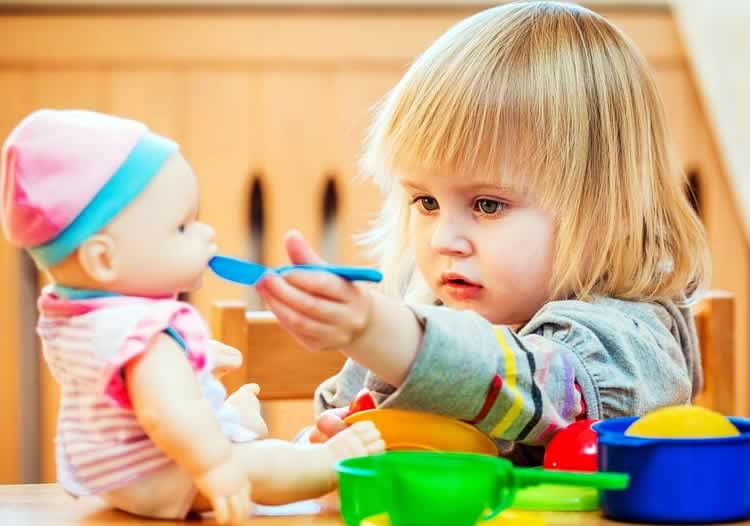
Year and 10 months
If the child has been taught, then by the end of the second year he can already distinguish primary colors and name some shapes. Pour in Lego, construction or mosaic pieces and ask your child to put them into boxes depending on color, for example.
Year and 11 months
By the age of two, it becomes increasingly easier for a toddler to accept the emotions of another person, to show sympathy and emotion, but this also needs to be taught. Story games will help. For example, a doll was riding a horse and fell. She's crying, she's in pain. The bear came, helped her get up and took pity on her.
2 years
To somehow calm down an active baby and develop dexterity, you can arrange “play tennis” at home. To do this, puncture a tennis ball and insert a strong thread or elastic band into the hole. Now hang the homemade product away from breakable objects, for example, in a doorway. Instead of a racket, you can use a plastic cutting board.
Another useful finger game is winding a thick rope around a stick. Then, when the preschooler has mastered this skill, you can wind the woolen thread into a ball.
When buying new toys, you shouldn’t give everything to your little one at once. Leave a few in reserve, and they will help you out at the right time.
Parental attention is good, but let your child get bored sometimes. Don’t constantly force your games on him; let him look for something to do for himself. Only in this way will his cognitive activity and creativity fully develop.
Consultation “What to do with your child at home”
Ekaterina Kuksova
Consultation “What to do with your child at home”
“What to do with your child at home ”
The games offered here will help you teach your children something, create psychological comfort in the family, and we hope that with their help your home will be filled with joy.
his development in the game , do not replace the game with cartoons, the Internet, computer games, only live communication with a person allows the child to quickly master something or learn something. Even while preparing dinner, you can play with your child , for example, in the role-playing game “kitchen”
cook real food with
your child the child learns something , the child develops hard work, memory, attention, thinking, development of fine motor skills, development of speech.
So what to do with your child at home :
Games for developing memory, thinking, attention, perseverance - the easiest thing is to buy 2-3 board and printed games per month and play with your child . You can also make several games with your own hands with your child the child’s creative activity .
To develop speech, use games for fine motor skills: games with threads “wind up a ball”
,
“make a mitten”
,
sort out the cereal , invite the child to lay out a “path”
,
“flower”
or other shapes from the cereal, seeds.
The baby drank compote, ate jam - there were bones left: collect them, move them around the table to make something happen. Puffed rice flakes are good for looking at, their shape can remind you of someone or something, suddenly you recognize a worm, a chicken, etc., use various puzzles for games ( large ones for kids, smaller ones for adult children)
you can make them yourself , cut the picture into several parts and then invite
the child to assemble it , mosaic, lacing.
Stringing beads, weaving bracelets for older children, teach girls to sew and knit. Reading books (rhyme songs, songs, fairy tales, fables, epics - this is an acquaintance with Russian folklore, learning poems by heart, singing with a child - all this develops the child's , memory, thinking, attention.
To develop creative abilities, organize everything for creativity for your child : bright plasticine, and to it you can add various pebbles, shells, legumes, coloring books, gouache, brushes, various types of paper and craft with your child , draw with your child , first teach, arouse interest, and then the child will take care of himself.
Toys must be educational in nature, play with toys with him, if it’s a doll, play girl’s games, for kids “let’s feed the doll, “put him to bed”
,
“let’s sing her a lullaby
,” “let’s build a car for the boys,” “let’s build a garage for the car,”
“let’s play construction using blocks,”
etc.
Children of any age love to listen to fairy tales. You can simply read an interesting book to your children and use it to create characters with whom you can create your own story. You can also show a puppet show to your child.
We create our own book - we cut several A4 sheets, cut them in half, fasten them together with a child's stapler - we get an impromptu book. We give the child colored pencils , and the child creates content for the book - draws pictures, letters, makes inscriptions, etc.
Playing with cereals and drawing on cereals are some of the most interesting activities that perfectly develop a child’s , and also promote passive finger massage. At the same time, you can draw on any cereal, and the larger its grains, the better the child’s fingers are massaged while drawing .
To draw on cereals, we need a tray or any other flat surface. Pour the cereal onto a tray and distribute it in an even layer over the entire surface. Then we attract the child’s to the cereal - we draw simple drawings that may interest the baby (sun, rain, balls, flower, umbrella, house and other simple drawings) and invite the child to join you. For the first acquaintance, it will be quite enough if the child simply experiments with cereals; after a few days, when the child gets used to the new activity , you can take on more complex tasks.
Also ideal are creative games with pasta, which keep children occupied for several hours, stimulate the imagination and develop motor skills. For example, you can try creating necklaces, small figurines, or entire paintings from colored pasta. Your child will be able to : sort pasta by size, shape, color, string and make beads from pasta. This lesson will help solve the following problems: improve children's visual perception, develop fine motor skills of the fingers, and develop a sense of composition.
Stories from pictures
Let the child choose any one picture and come up with a story. In this way, you can penetrate the world of your child's . If at first he has difficulties, begin to present your plot, stopping from time to time so that the baby can add his own details.
11. Modeling from plasticine
You can show your child how to sculpt a simple figurine of a kolobok, a ladybug, a cat or a bunny; they usually start with the simplest figures - let the son or daughter make a round ball and make a pancake out of it; several lessons will definitely end with the creation of a children’s masterpiece, which must be displayed on the most visible place.
12. Application made of colored paper
Children aged 3 are very interested in creating crafts with their own hands. For example, you can create beautiful appliques from colored paper and cardboard together. For example: space applique, autumn forest, light ambulance applique, truck, house, ladybug, chicken.
13. Drawing
An activity with a child can be not only entertaining, but also useful, and drawing is one of children’s favorite hobbies. There are several types of drawing that are suitable for a son or daughter at this age:
prints of feet, hands and fingers evoke positive emotions in all children without exception;
adding details to my mother’s drawings: flowers for a vase, fruit for a basket, pipes for a house and much more;
coloring special books with scenes from cartoons or fairy tales.
WHAT TYPES OF ACTIVITIES CAN BE USED AT HOME
At home, the child can be occupied with the following::
Children aged three and four years old love to reproduce the world around them on paper. Prepare pencils or markers for drawing your child Discuss what he wants to draw, ask what color the objects will be in his drawing. Give him large sheets of paper or even a piece of scrap wallpaper. The scale will captivate your little one, and he will be busy .
Before giving him pencils, invite him to use a sharpener - he will then be more enthusiastic about drawing.
You can keep your child busy playing with a hole punch . Show how a hole punch works, let it make confetti for the New Year holidays from old magazines.
Cutting with scissors is also fun for kids. By the age of four, children can cut out simple figures. Make stencils of geometric shapes. Let him cut it out. And then build an applique with it.
You can give your child stencils of various objects (available for sale, or you can make them yourself from cardboard)
or letters. The child traces the stencil and then paints it.
It is difficult to force children to sculpt from plasticine alone. Roll him a lot of sausages - let him cut them into pieces, and then lay out the pattern on a sheet of cardboard.
Stretch a string, give clothespins and let him hang his things and then collect them.
Children are fascinated by working with carbon paper. Show him the technology of work. Rest assured that your child will engage in work with interest.
Kinetic sand will help parents out; children will love this activity .
You can buy stickers for children and give them an album - the child will stick until he uses all the stickers.
You can also keep by drawing with dots. Download such pictures from the Internet.
Children may be interested in the magnifying glass. Give him small pictures and let him look at them with a magnifying glass.
There is an interesting invention - puzzles. Choose sets for your baby according to age and interests. He will be studying for a very long time, rest assured.









